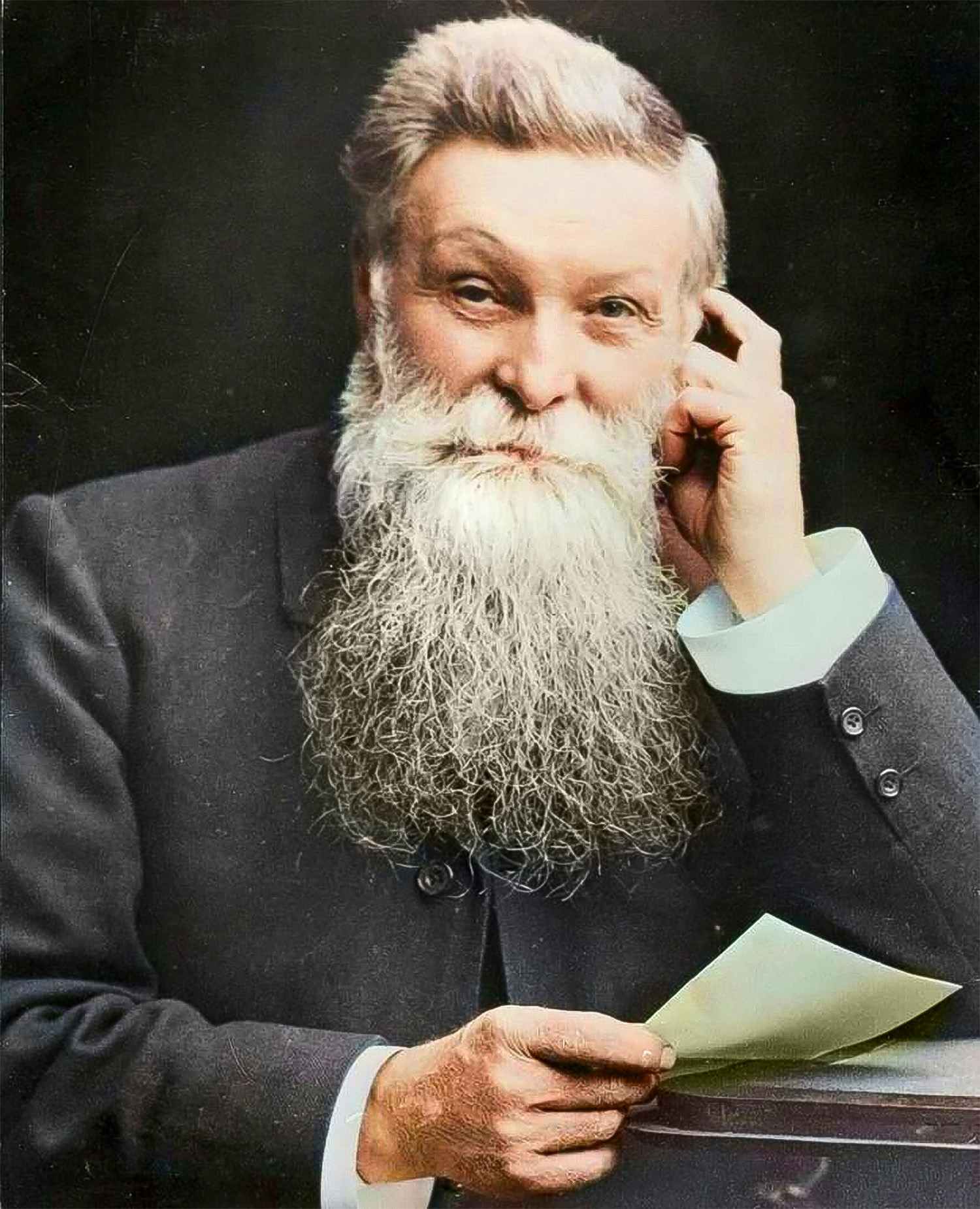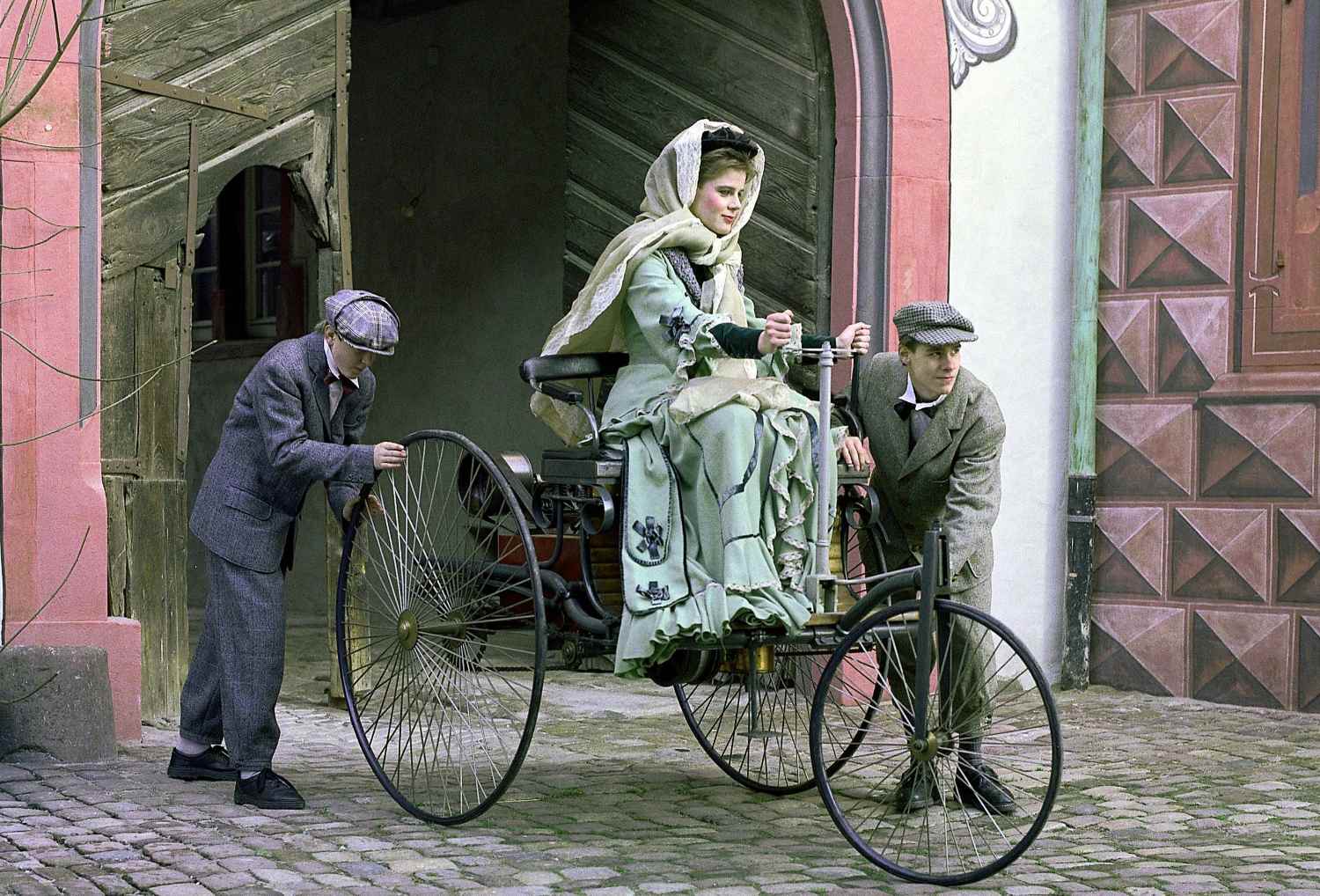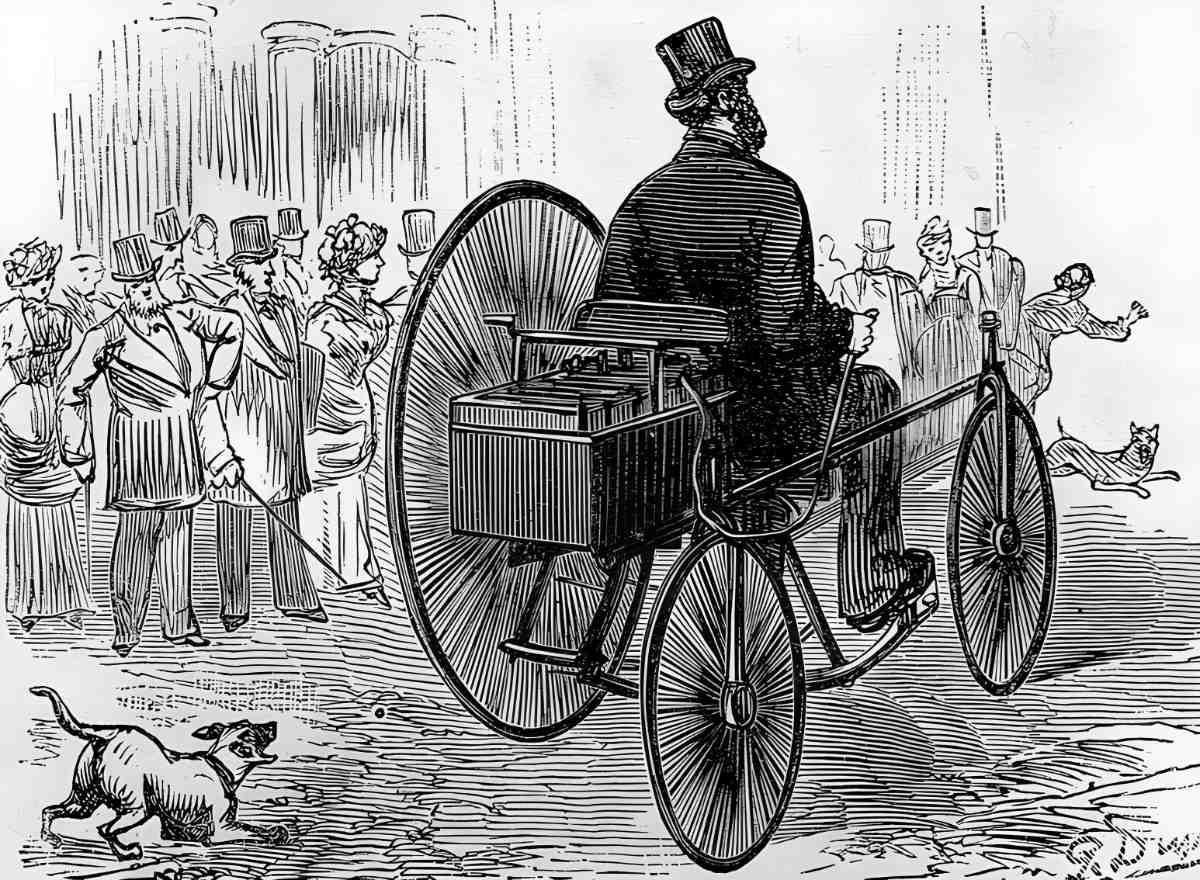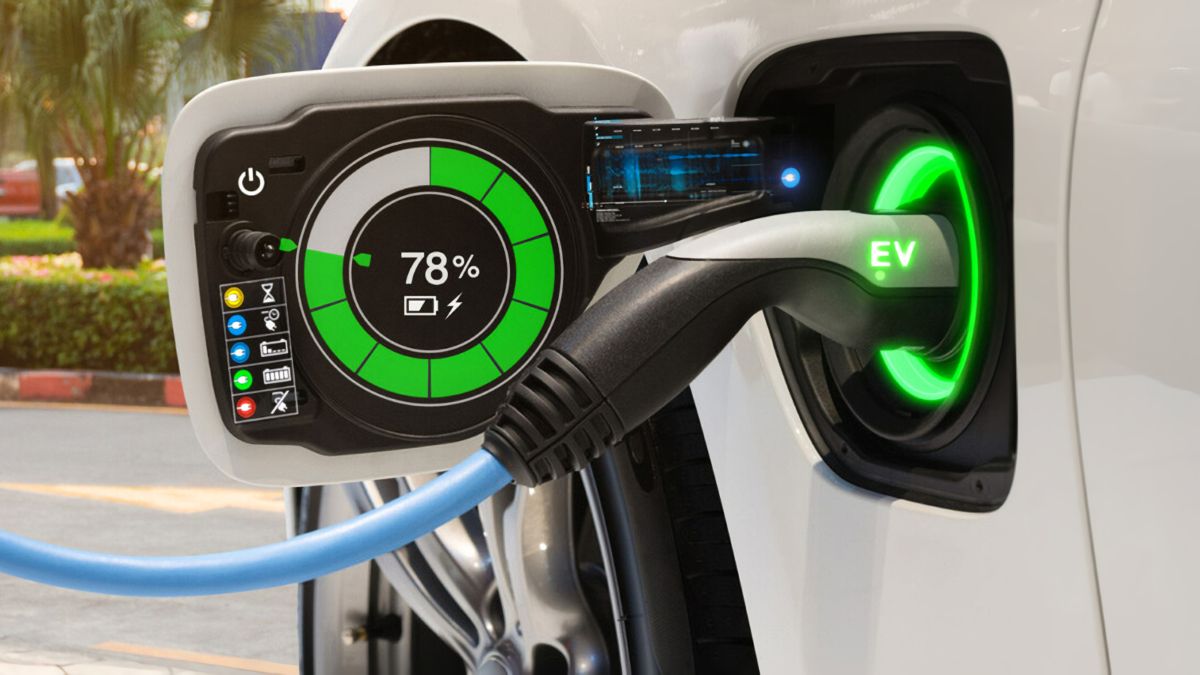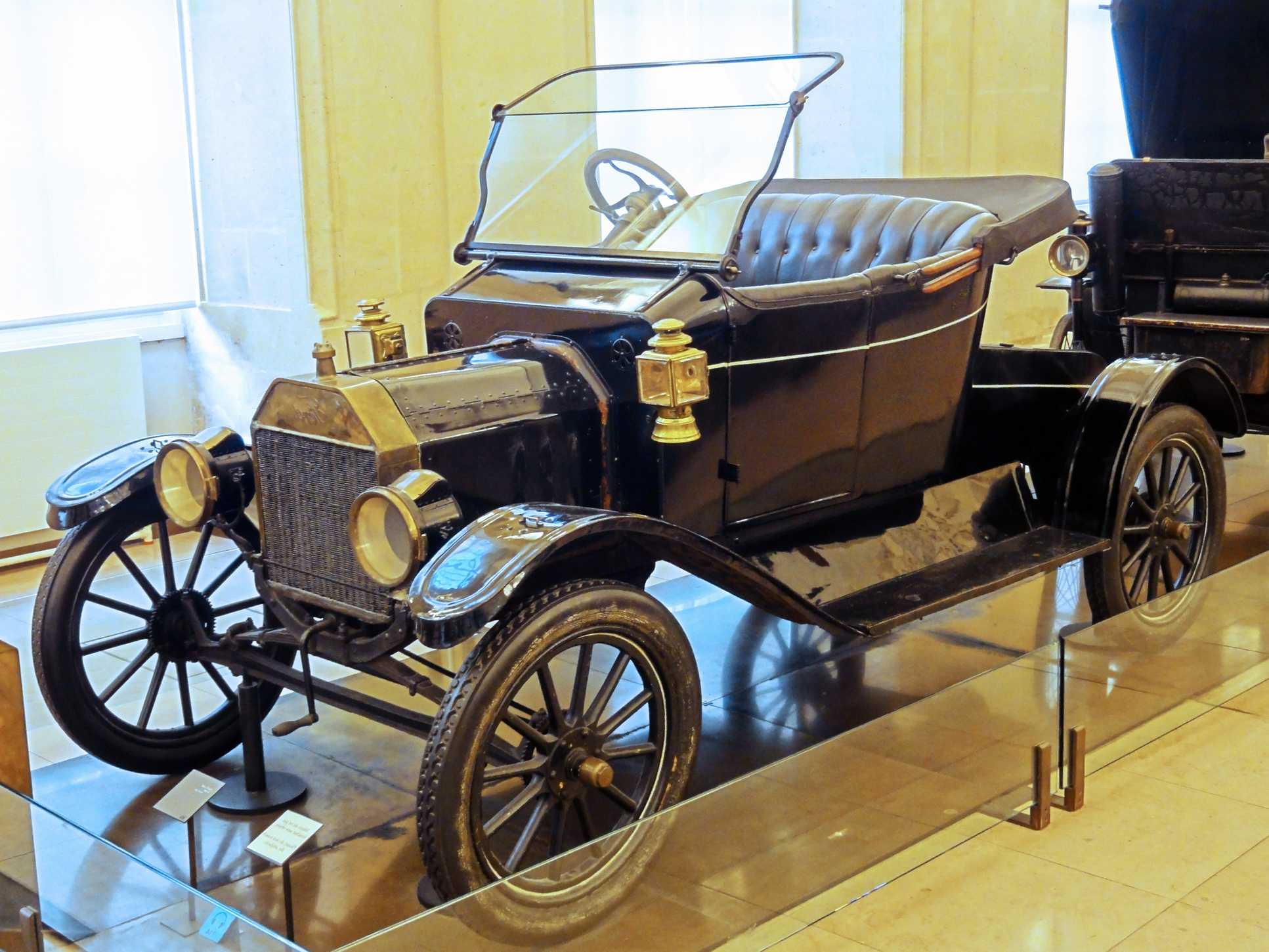Karl Benz, a German engineer, created the first genuine automobile. Of course, he had no idea at the time that his innovation would revolutionize the whole globe. The first automobiles were created around 100 years after the railroad. These vehicles improved human mobility and transformed industries such as product delivery, commerce, and entertainment. Their fast rise in the twentieth century drastically altered the social landscape.
The First Car with an Internal Combustion Engine
Karl Benz was born in Karlsruhe, Baden at the time (now in Germany). Karl’s father died when he was two years old. His mother worked hard and supported him through elementary school and then the Karlsruhe Polytechnische Hochschule (Institute of Technology). Karl has fantasized about a mode of transportation that does not rely on horses or trains since he was a youngster.

Before Benz, self-propelled automobiles were widespread. Some engineers created “cars,” which were largely steam or electric vehicles. All of them were adaptations to horse-drawn vehicles, but none of them were practical. The internal combustion engine was the most crucial innovation in the evolution of automobiles. Outside the cylinder, combustion (heated steam) happened in the steam engine. In the 1850s, the first functional engines were built, with combustion occurring within the cylinder and the piston is driven directly. The most significant of them was the engine created in 1850 by Belgian engineer Etienne Lenoir (1822-1900).
The First Car with a Four-Stroke Engine
The “four-stroke” engine, created in 1876 by German scientist Nikolaus Otto, was the next stage in the evolution of vehicles (1831-1891). These four periods are the essential concepts of gasoline engines today, and they involve fuel-air mixture intake, mixture compression, ignition, and exhaustion. Otto’s engine was the first true substitute for steam engines.

Karl Benz avidly monitored advancements in the area of engine design after graduating from high school and began to achieve his ambition of building a vehicle. He worked on several mechanical engineering projects before relocating to neighboring Mannheim in 1871. In the 1870s, Benz invented a two-stroke gasoline engine. Four four-stroke engine operations were merged twice in this engine, once to be done upward and once to be performed downward. He founded a firm with two other individuals four years later. Benz & Cie. Rheinische Gasmotorenfabrik was the name of the corporation. The business began by mending bicycles. They then expanded into machine and engine manufacturing, and the firm prospered significantly.
The First Three-Wheeled Car
Benz & Cie. turned out to be successful, and this success gave Benz the time and confidence he needed to make his dream come true. Benz made the first car by the end of 1885. This first automobile was a three-wheeled car powered by a single-cylinder four-stroke engine. Benz’s first car combined some important inventions of his design.
Among them were the electric starter coil, differential gears, a simple clutch, and a water cooling system. Despite his intense work and brilliant inventions, Benz could not conclude to develop a four-wheeled car. He chose the easy way and kept using three wheels on his cars. The front wheel was turned left and right with a handle in the form of a tiller.

Benz applied for a patent in January 1886 and was granted one in November of the same year. His application was allowed because the automobile Benz created could be propelled by its power source rather of an external one.
By 1888, Karl Benz had improved his design further and started producing more cars. Emile Roger, a French engineer and businessman living in Paris, obtained the sales rights of the automobile produced by Benz outside Germany, and the car became widespread.
After several innovations, such as the world’s first carburetor, the first Benz Patent-Motorwagen was sold in 1887. Benz started manufacturing the car and promoting it for sale in 1888. This automobile was the first motor car to go on sale in history. However, it was not easy for society to get used to this new, odd invention.
So, Benz’s wife Bertha (1849–1944) traveled with his two sons from Mannheim to his home city of Pforzheim on August 18, 1888, to familiarize society with the new automobile. The total distance was 200 kilometers. People have shown this some great interest, and as a result of the interest, Benz’s Motorwagen became very successful, and the automobile era began.
Henry Ford’s Part in Affordable Cars
Even 20 years after Karl Benz’s first car patent, the number of car owners was scarce. Producing each car by hand was increasing the costs, and prices, so the customer demand was low. In 1908, US businessman Henry Ford attempted to change this situation with the slogan “a car for everyone”.

The budget Ford Model T was a great success, as its interchangeable parts were assembled in a factory designed to increase production efficiency. One of Ford’s employees saw how efficient the production lines could be when he visited a slaughterhouse in Chicago. The application of this type of production to the car industry has drastically reduced costs, making Henry Ford a great fortune.





